Home>Gardening & Outdoor>Landscaping Ideas>When To Aerate Bermuda Grass In Nc
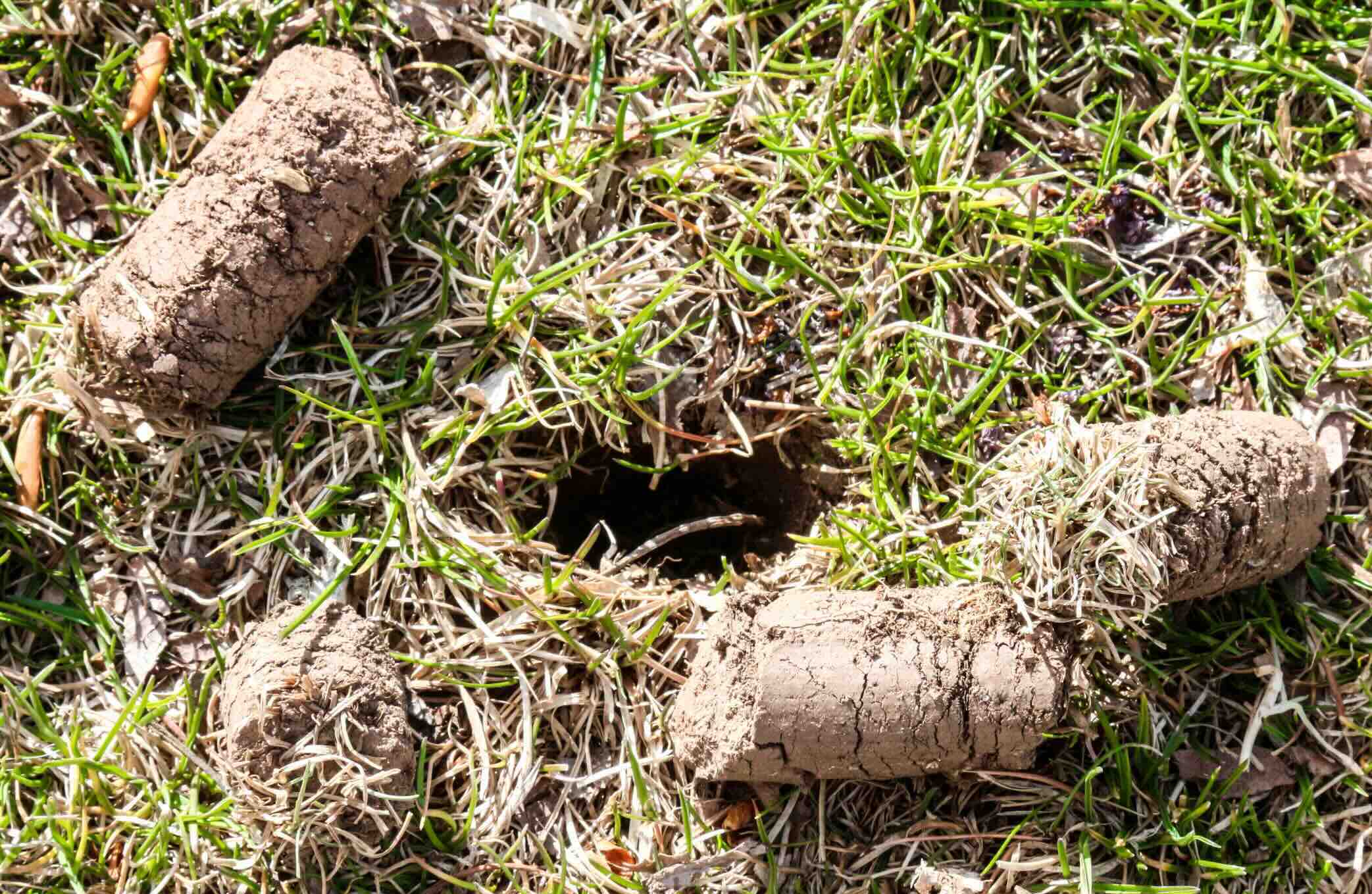

Landscaping Ideas
When To Aerate Bermuda Grass In Nc
Modified: August 16, 2024
Learn when to aerate Bermuda grass in NC for a healthy lawn with our landscaping ideas. Find the best time and tips for aerating your Bermuda grass.
(Many of the links in this article redirect to a specific reviewed product. Your purchase of these products through affiliate links helps to generate commission for Storables.com, at no extra cost. Learn more)
Introduction
Welcome to the world of Bermuda grass, where lush green lawns and vibrant landscapes beckon. If you're a proud homeowner or a dedicated landscaper in North Carolina, you understand the importance of maintaining a healthy and thriving Bermuda grass lawn. One of the essential practices for ensuring the longevity and vitality of your Bermuda grass is aeration. Aeration is a fundamental aspect of lawn care that involves perforating the soil with small holes to allow air, water, and nutrients to penetrate the grassroots. This process is crucial for combating soil compaction and promoting robust root growth, ultimately resulting in a resilient and visually stunning lawn.
In this comprehensive guide, we will delve into the nuances of aerating Bermuda grass in North Carolina, exploring the optimal timing for this essential practice and providing insights into the signs that indicate your Bermuda grass is in dire need of aeration. Whether you're a seasoned lawn care enthusiast or a novice homeowner eager to elevate your landscaping prowess, this article will equip you with the knowledge and understanding necessary to nurture your Bermuda grass to its full potential.
So, grab your gardening gloves and let's embark on a journey to uncover the best practices for aerating Bermuda grass in the picturesque landscapes of North Carolina.
Key Takeaways:
- Aerate Bermuda grass in late spring to early summer in North Carolina for a lush and resilient lawn. Consider factors like soil moisture, grass growth phase, and weather conditions for optimal timing.
- Recognize signs like pooling water and stunted growth to know when your Bermuda grass needs aeration. Follow precise steps, from soil evaluation to post-aeration care, for effective lawn revitalization.
Read more: When To Plant Bermuda Grass
Understanding Bermuda Grass
Before delving into the specifics of aerating Bermuda grass, it’s essential to grasp the unique characteristics of this resilient and versatile grass species. Bermuda grass, scientifically known as Cynodon dactylon, is celebrated for its exceptional tolerance to heat, drought, and foot traffic, making it a popular choice for lawns, athletic fields, and golf courses in North Carolina and beyond.
One of the defining features of Bermuda grass is its aggressive growth habit, characterized by above-ground runners called stolons and below-ground stems known as rhizomes. This growth pattern enables Bermuda grass to spread vigorously, filling in bare patches and creating a dense, lush carpet of greenery. Additionally, Bermuda grass exhibits remarkable recovery capabilities, swiftly rebounding from stressors such as mowing, trampling, and adverse weather conditions.
Furthermore, Bermuda grass thrives in full sun and exhibits excellent salt tolerance, making it particularly well-suited for the coastal regions of North Carolina. Its ability to withstand coastal conditions, including sandy soils and salt spray, has cemented its status as a go-to grass variety for homeowners and landscapers seeking a resilient and visually appealing lawn option.
Understanding the growth habits, environmental preferences, and resilience of Bermuda grass is instrumental in tailoring your lawn care practices to optimize its health and vitality. As we venture into the realm of aeration, this foundational knowledge will empower you to make informed decisions and implement best practices for nurturing your Bermuda grass to its full potential.
Factors Affecting Aeration Timing
When it comes to aerating your Bermuda grass in North Carolina, timing is of the essence. Several key factors influence the optimal timing for aeration, ensuring that this vital practice yields maximum benefits for your lawn’s health and vitality.
- Grass Growth Phase: The growth phase of Bermuda grass plays a pivotal role in determining the ideal time for aeration. Aerating during the active growth phase, typically in late spring to early summer, allows the grass to recover swiftly and fill in the aerated holes, promoting robust regrowth and a denser lawn.
- Soil Moisture Levels: Aeration is most effective when the soil moisture levels are neither too dry nor excessively wet. Aerating dry soil can lead to excessive stress on the grass, while aerating waterlogged soil may result in compaction instead of alleviating it. Therefore, it’s crucial to assess the soil moisture content and aim to aerate when the soil is moderately moist.
- Weather Conditions: North Carolina’s climate and weather patterns significantly influence the timing of aeration. It’s advisable to avoid aerating during periods of extreme heat or drought, as this can place undue stress on the grass. Opting for aeration during milder temperatures and when the grass is actively growing facilitates quicker recovery and minimizes the risk of stress-related damage.
- Upcoming Fertilization and Overseeding: If you plan to fertilize your Bermuda grass or overseed the lawn, it’s strategic to conduct aeration beforehand. Aeration creates an optimal environment for fertilizer penetration and seed-to-soil contact, maximizing the efficacy of these subsequent lawn care activities.
- Thatch Accumulation: The presence of excessive thatch, a layer of dead organic matter between the grass blades and the soil, can necessitate aeration. Monitoring thatch levels and incorporating aeration as part of a comprehensive lawn care regimen can mitigate thatch buildup and enhance nutrient uptake and water infiltration.
By considering these influential factors and aligning the aeration timing with the unique dynamics of Bermuda grass and the local environment in North Carolina, you can optimize the efficacy of this essential practice, fostering a resilient and visually captivating lawn.
Signs Your Bermuda Grass Needs Aeration
Recognizing the signs that indicate your Bermuda grass is in need of aeration is instrumental in proactively addressing underlying soil compaction and promoting the overall health of your lawn. By staying attuned to these indicators, you can intervene at the opportune moment, ensuring that your Bermuda grass continues to thrive and flourish.
- Pooling Water: If you notice water pooling or accumulating on the surface of your lawn after irrigation or rainfall, it could signify soil compaction. Compacted soil impedes proper water drainage and absorption, leading to standing water and potential turf damage. Aeration facilitates improved water infiltration, mitigating pooling and enhancing the overall drainage capacity of the soil.
- Reduced Percolation: Observing diminished percolation, which refers to the downward movement of water through the soil, can be indicative of soil compaction. Compacted soil restricts water percolation, hindering the delivery of essential moisture and nutrients to the grassroots. Aeration alleviates compaction, restoring optimal percolation and fostering a healthier root environment.
- Thatch Buildup: Excessive thatch accumulation can impede the penetration of air, water, and nutrients into the soil, hampering the grassroots’ access to vital resources. If your Bermuda grass exhibits signs of thatch buildup, such as spongy turf texture or shallow root development, aeration can effectively address this issue, facilitating improved nutrient uptake and promoting robust root growth.
- Compacted Soil: Conducting a simple soil compaction test, such as probing the soil with a screwdriver or soil probe, can reveal the presence of compacted soil layers. Difficulty in penetrating the soil or encountering dense, resistant layers indicates the need for aeration to alleviate compaction and enhance soil structure.
- Stunted Growth and Vigor: If your Bermuda grass displays signs of stunted growth, limited vigor, or gradual thinning, it may be struggling due to underlying soil compaction. Aeration serves to invigorate the grassroots, fostering enhanced nutrient uptake, improved air circulation, and overall revitalization of the lawn’s vitality.
By remaining vigilant and attuned to these telltale signs, you can intervene promptly with targeted aeration, addressing soil compaction and revitalizing your Bermuda grass to achieve a resilient, thriving lawn.
Aerate Bermuda grass in North Carolina during the late spring or early summer, when the grass is actively growing. This will help improve air and water circulation in the soil, promoting a healthier lawn.
Best Time to Aerate Bermuda Grass in North Carolina
When it comes to aerating Bermuda grass in the picturesque landscapes of North Carolina, timing is paramount to ensure optimal results and promote the enduring health of your lawn. In North Carolina, the best time to aerate Bermuda grass typically falls within the late spring to early summer window, aligning with the grass’s active growth phase and favorable weather conditions.
The late spring to early summer period, spanning from late April to early June, presents an opportune window for aeration, capitalizing on the following favorable factors:
- Active Growth Phase: Aerating Bermuda grass during its active growth phase allows the grass to swiftly recover from the aeration process, leveraging its robust regrowth capacity to fill in the aerated holes and foster a denser, healthier lawn.
- Moderate Soil Moisture: During late spring to early summer, the soil moisture levels are often conducive to aeration, striking a balance between adequate moisture for grassroots recovery and minimal risk of soil compaction due to excessive wetness.
- Mild Weather Conditions: North Carolina typically experiences milder temperatures during late spring to early summer, reducing the risk of heat stress on the grass and facilitating expedited recovery post-aeration.
- Preceding Lawn Care Activities: Aeration in late spring sets the stage for subsequent lawn care activities, such as fertilization and overseeding, capitalizing on the optimal conditions for these practices and maximizing their efficacy.
By targeting the late spring to early summer window for aerating your Bermuda grass, you can harness the synergistic benefits of favorable growth phases, soil conditions, and weather patterns, setting the stage for a thriving and resilient lawn in the vibrant landscapes of North Carolina.
Read more: When Should Bermuda Grass Be Planted
How to Aerate Bermuda Grass
Aerating Bermuda grass is a strategic and essential practice that demands careful consideration and precise execution to maximize its efficacy and benefit your lawn’s overall health. Follow these steps to aerate Bermuda grass effectively in North Carolina:
- Evaluate Soil Moisture: Before initiating the aeration process, assess the soil moisture levels to ensure they are moderately moist. Aeration is most effective when the soil is neither excessively dry nor waterlogged.
- Select the Aeration Equipment: Choose between a core aerator or a spike aerator based on your lawn’s specific needs. Core aerators remove plugs of soil from the ground, while spike aerators puncture the soil with solid tines. For Bermuda grass, core aeration is generally recommended to alleviate soil compaction more effectively.
- Prepare the Lawn: Mow the Bermuda grass to a slightly shorter height than usual, allowing the aerator to access the soil more effectively. Clear the lawn of debris and ensure it is free of obstacles to facilitate smooth aeration.
- Execute Aeration: Operate the core aerator over the lawn in a systematic pattern, ensuring comprehensive coverage. Overlap each pass to guarantee thorough soil penetration and optimal compaction relief. The aerator will extract small plugs of soil from the ground, creating channels for air, water, and nutrients to reach the grassroots.
- Address Plug Disposal: Once the aeration is complete, consider leaving the soil plugs on the lawn’s surface to break down naturally, returning valuable organic matter to the soil. Alternatively, you can collect and dispose of the plugs if their presence is aesthetically undesirable.
- Post-Aeration Care: Following aeration, consider overseeding the lawn if necessary, taking advantage of the newly created channels to enhance seed-to-soil contact. Additionally, irrigate the lawn to promote grassroots recovery and aid in the breakdown of the soil plugs.
- Monitor Grass Recovery: Keep a close eye on your Bermuda grass following aeration, observing its response and monitoring the regrowth of the turf. With proper post-aeration care, the grass will rebound vigorously, leveraging the benefits of improved soil structure and enhanced nutrient uptake.
By adhering to these steps and approaching the aeration process with attentiveness and precision, you can optimize the health and resilience of your Bermuda grass, fostering a vibrant and enduring lawn in the scenic landscapes of North Carolina.
Conclusion
Caring for Bermuda grass in North Carolina is a labor of love, intertwining the artistry of landscaping with the science of horticulture. As you navigate the nuances of aerating your Bermuda grass, remember that this fundamental practice is a cornerstone of nurturing a resilient, vibrant lawn that stands the test of time.
By understanding the growth habits and unique characteristics of Bermuda grass, you gain valuable insights into tailoring your lawn care practices to its specific needs. Factors such as grass growth phase, soil moisture levels, weather conditions, and thatch accumulation all influence the optimal timing for aeration, guiding you in orchestrating this essential practice to perfection.
Recognizing the signs that signal your Bermuda grass is in dire need of aeration empowers you to intervene proactively, addressing soil compaction and revitalizing the health of your lawn. Whether it’s pooling water, reduced percolation, or stunted growth, these indicators serve as beacons guiding you toward targeted aeration, ensuring your Bermuda grass continues to thrive and flourish.
In the picturesque landscapes of North Carolina, the late spring to early summer period emerges as the prime window for aerating Bermuda grass, capitalizing on favorable growth phases, soil conditions, and weather patterns. By embracing this opportune timing, you set the stage for a resilient, thriving lawn that captivates with its lush greenery and enduring vitality.
As you embark on the journey of aerating Bermuda grass, approach the process with meticulous care and precision. From evaluating soil moisture to executing aeration and tending to post-aeration care, each step plays a pivotal role in fostering the health and resilience of your Bermuda grass, culminating in a visually stunning and enduring lawn that serves as a testament to your dedication and expertise.
So, as you tread the verdant paths of Bermuda grass care in North Carolina, remember that aeration is not merely a practice – it’s a symphony of care and cultivation, harmonizing the elements of nature to orchestrate a masterpiece of natural beauty in your own backyard.
Frequently Asked Questions about When To Aerate Bermuda Grass In Nc
Was this page helpful?
At Storables.com, we guarantee accurate and reliable information. Our content, validated by Expert Board Contributors, is crafted following stringent Editorial Policies. We're committed to providing you with well-researched, expert-backed insights for all your informational needs.

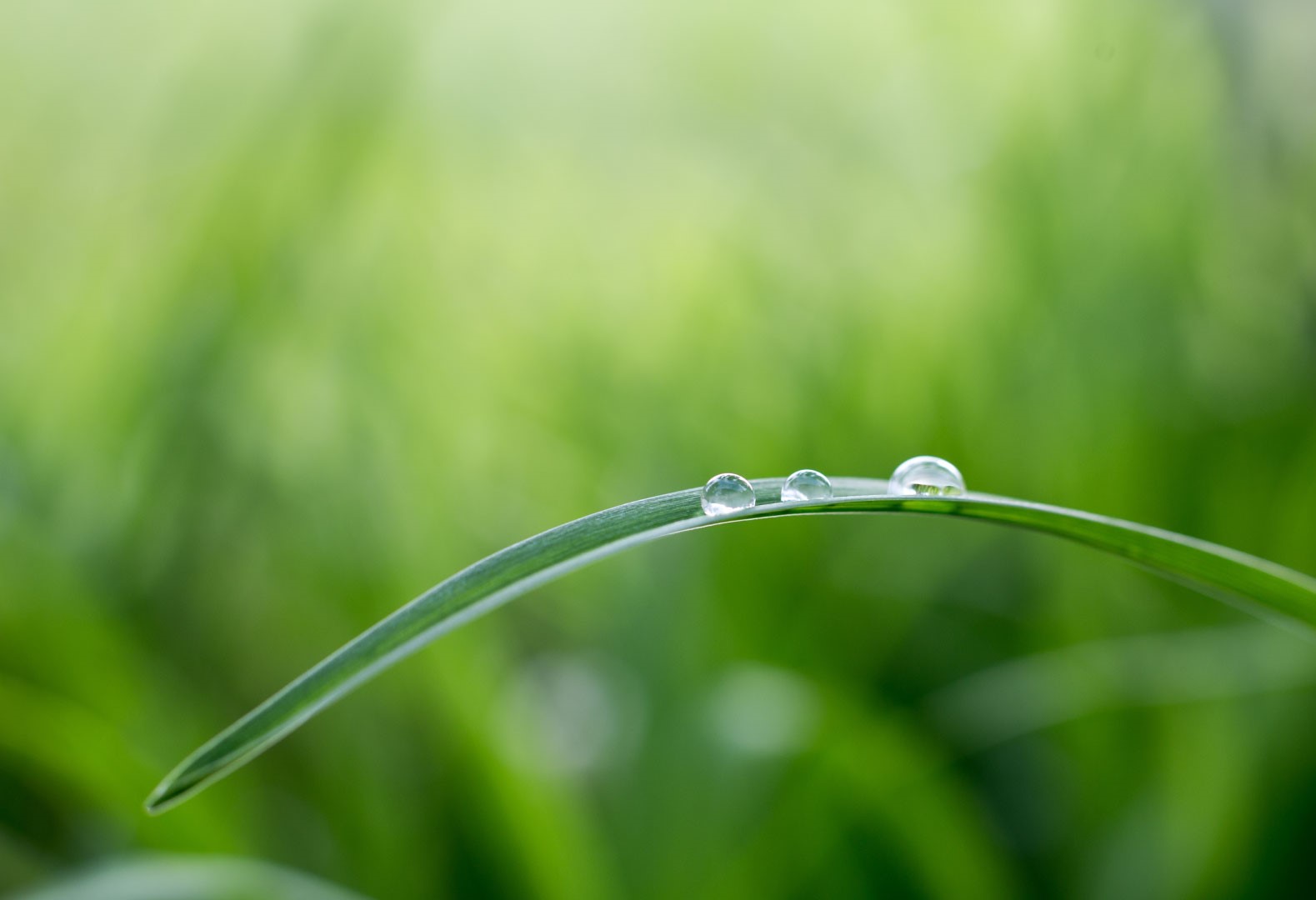
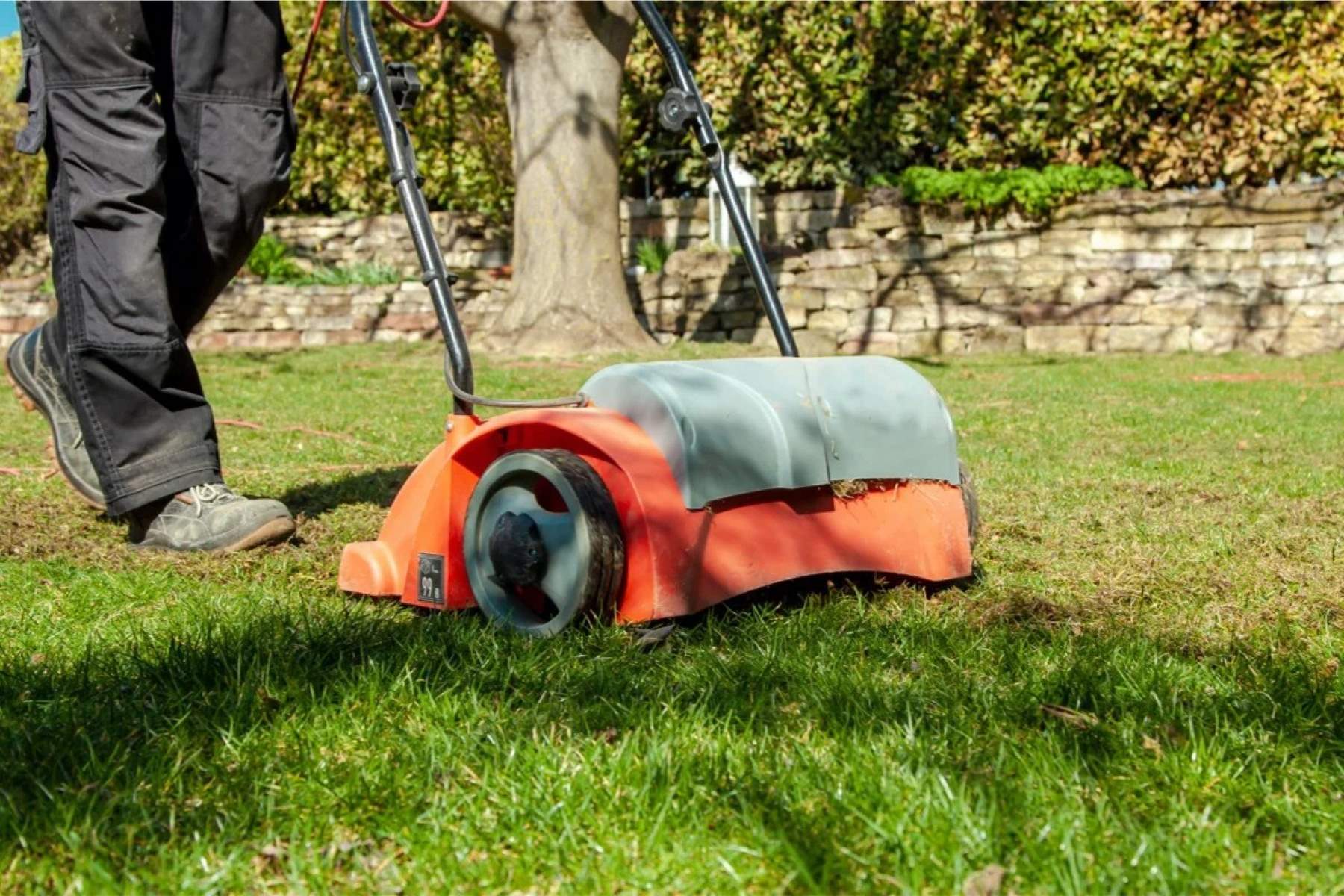
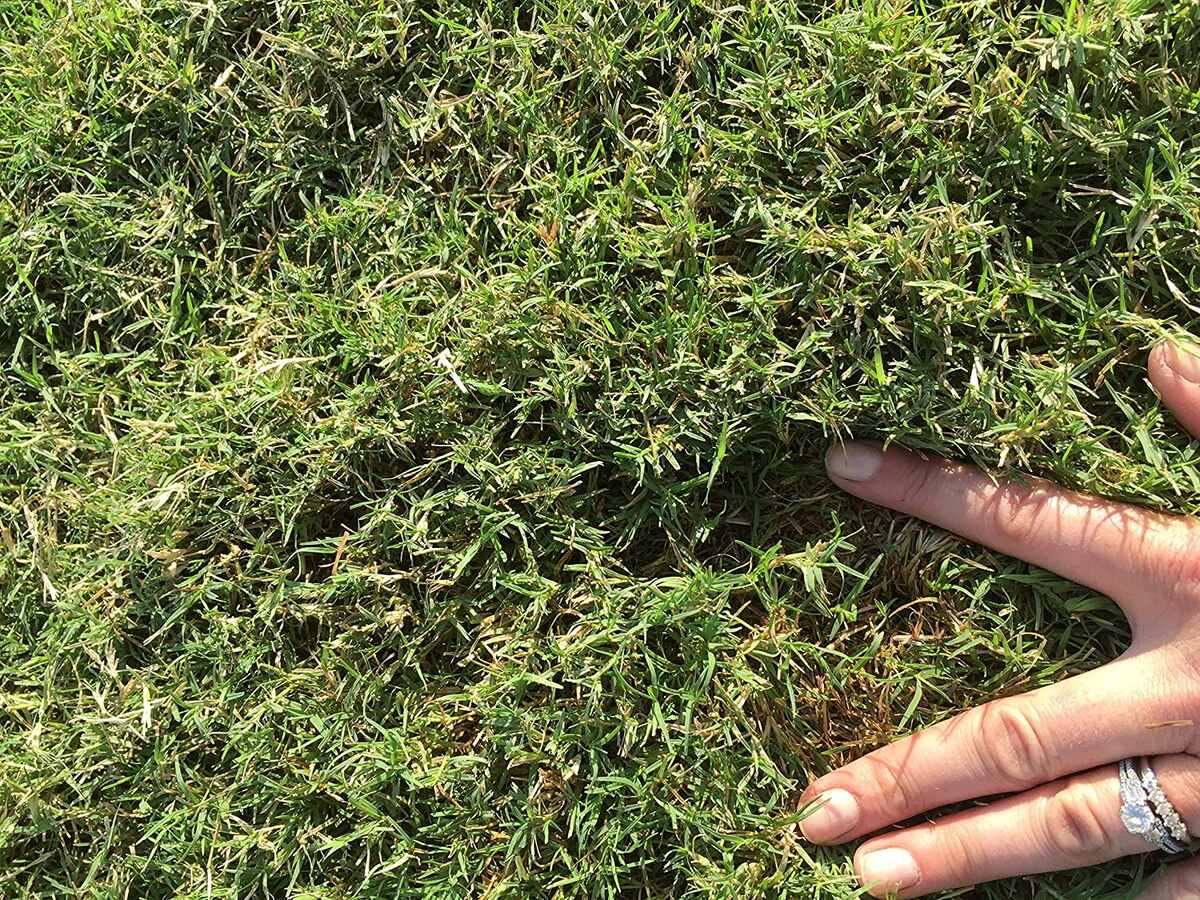
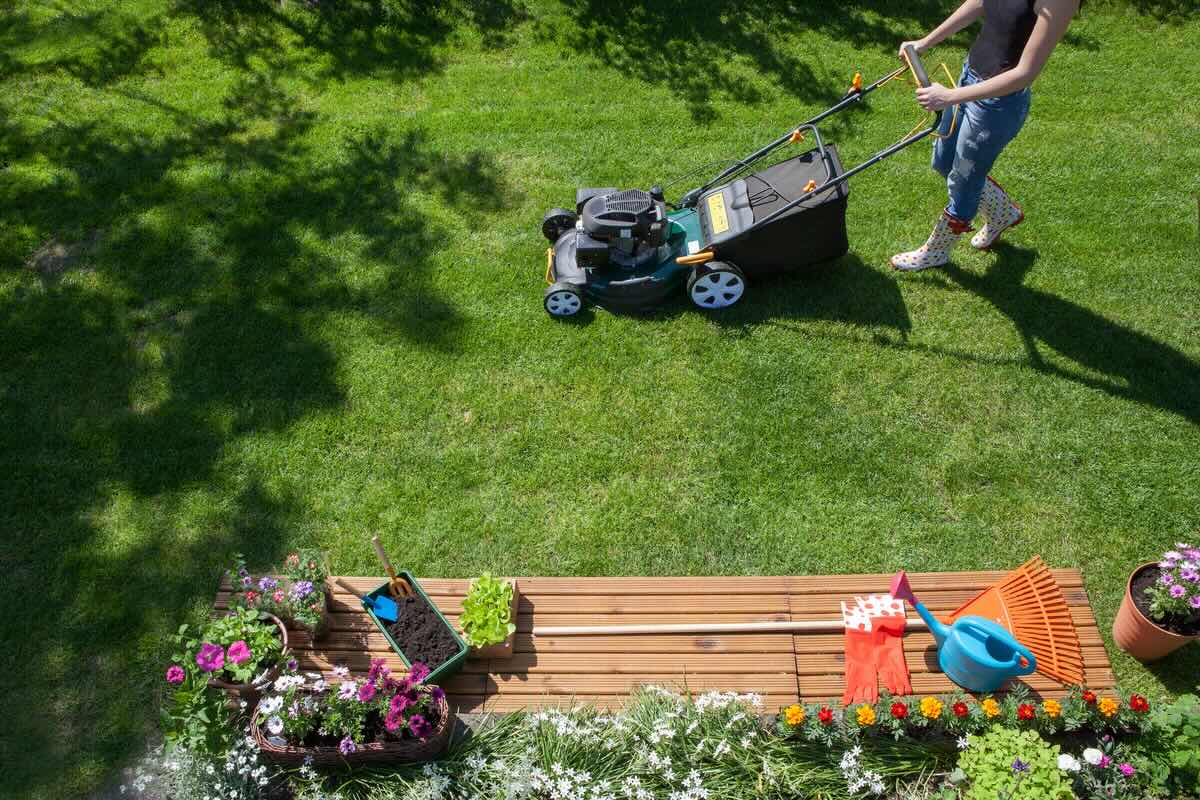
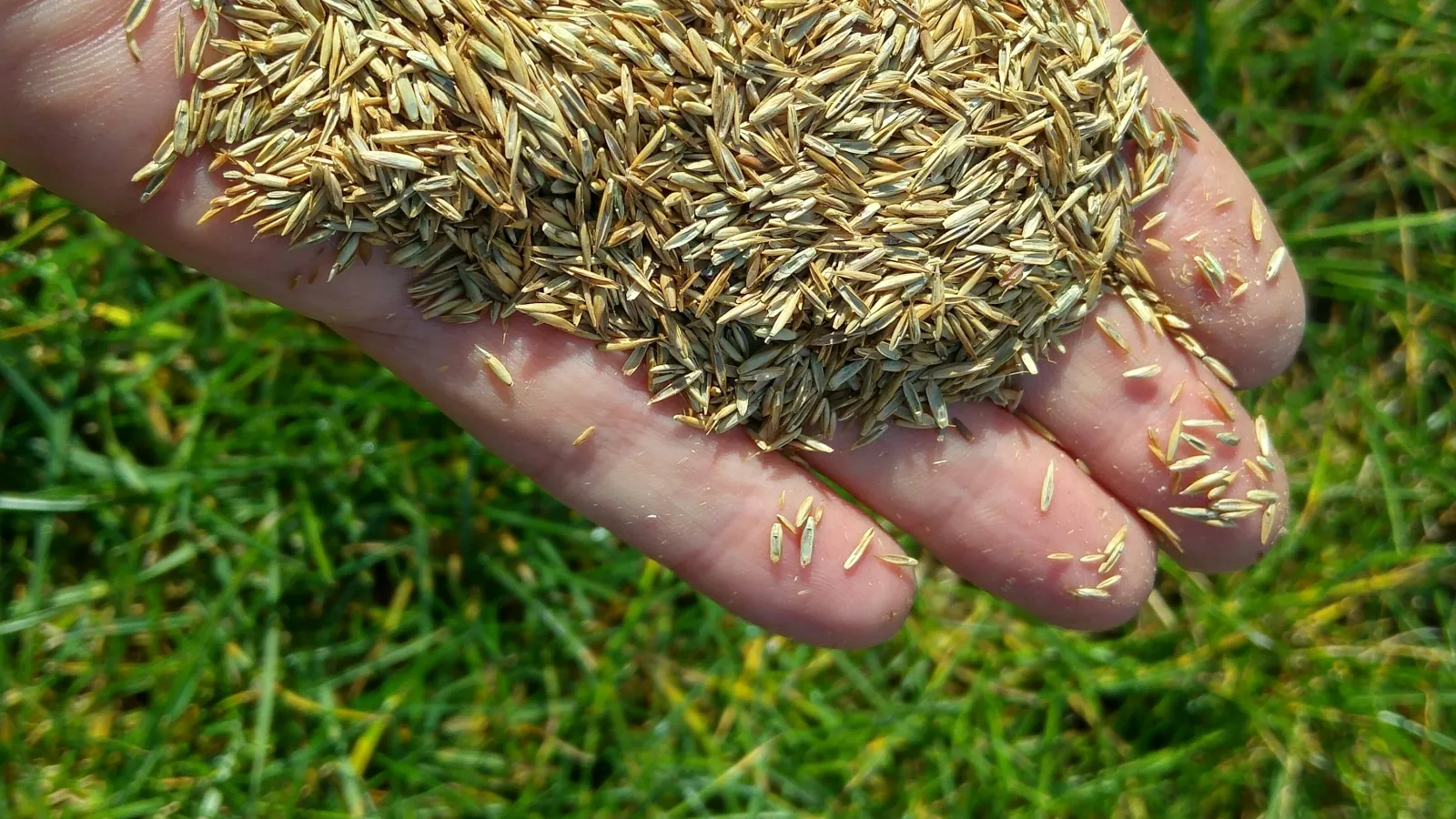

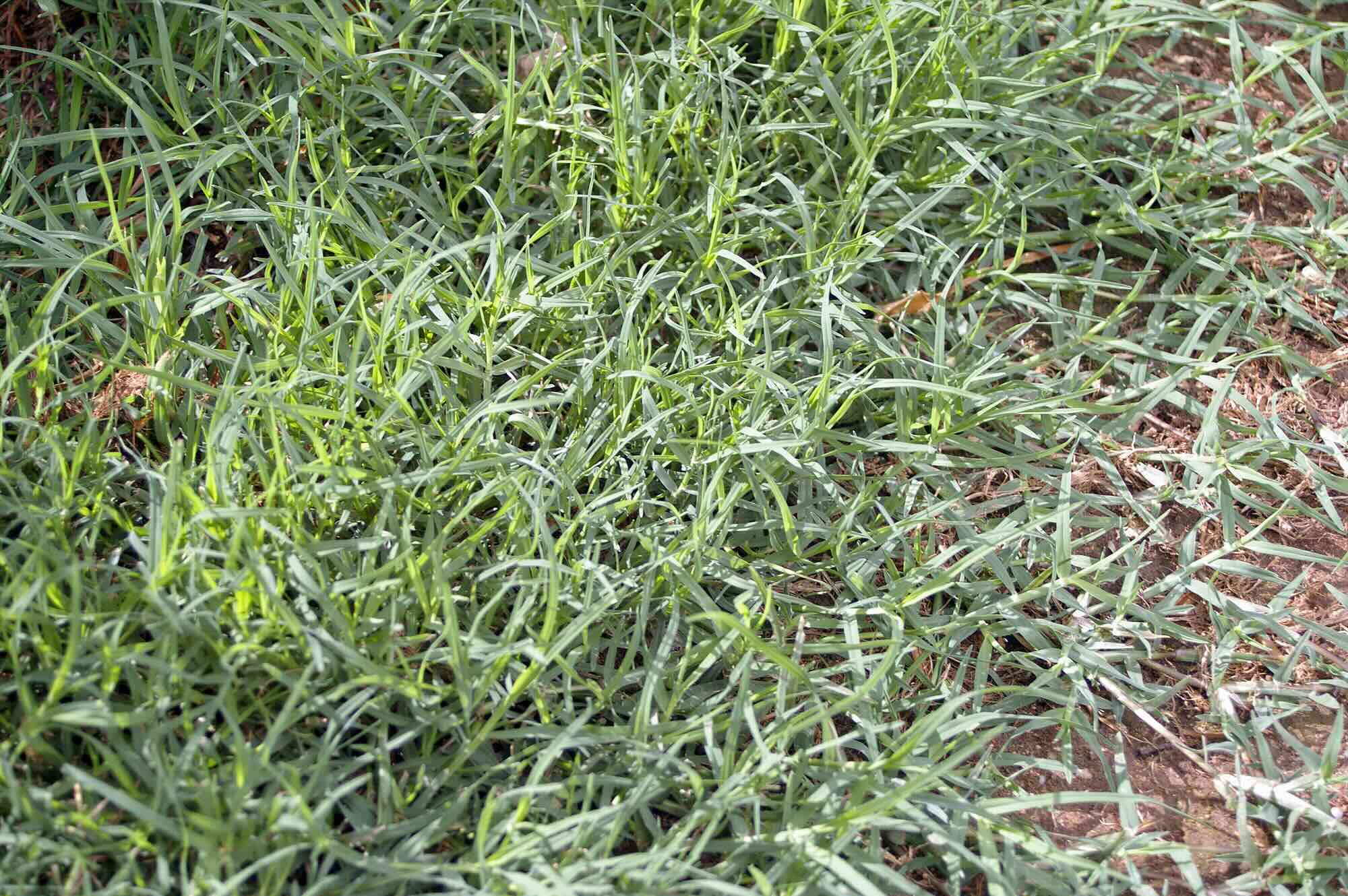
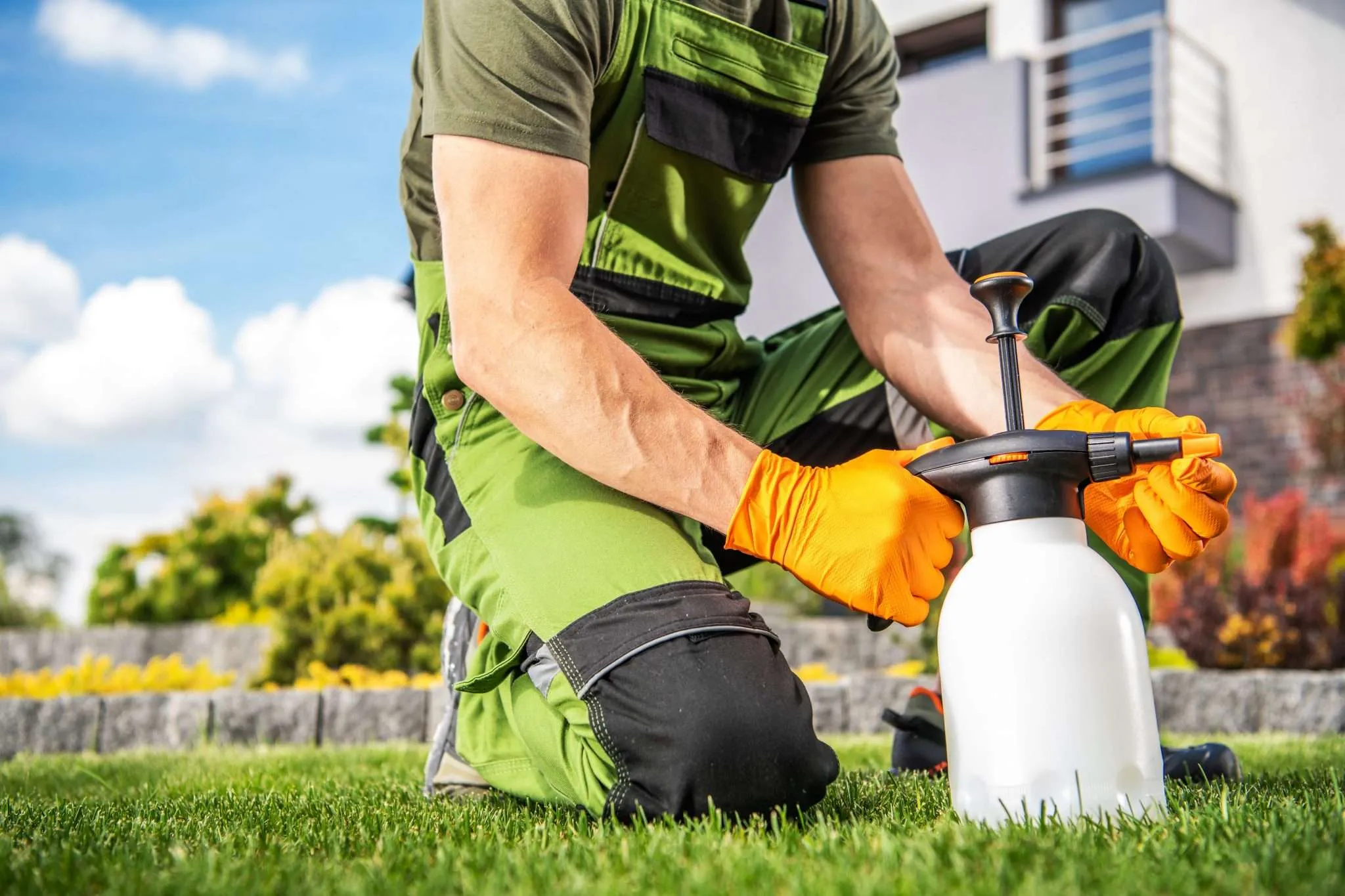
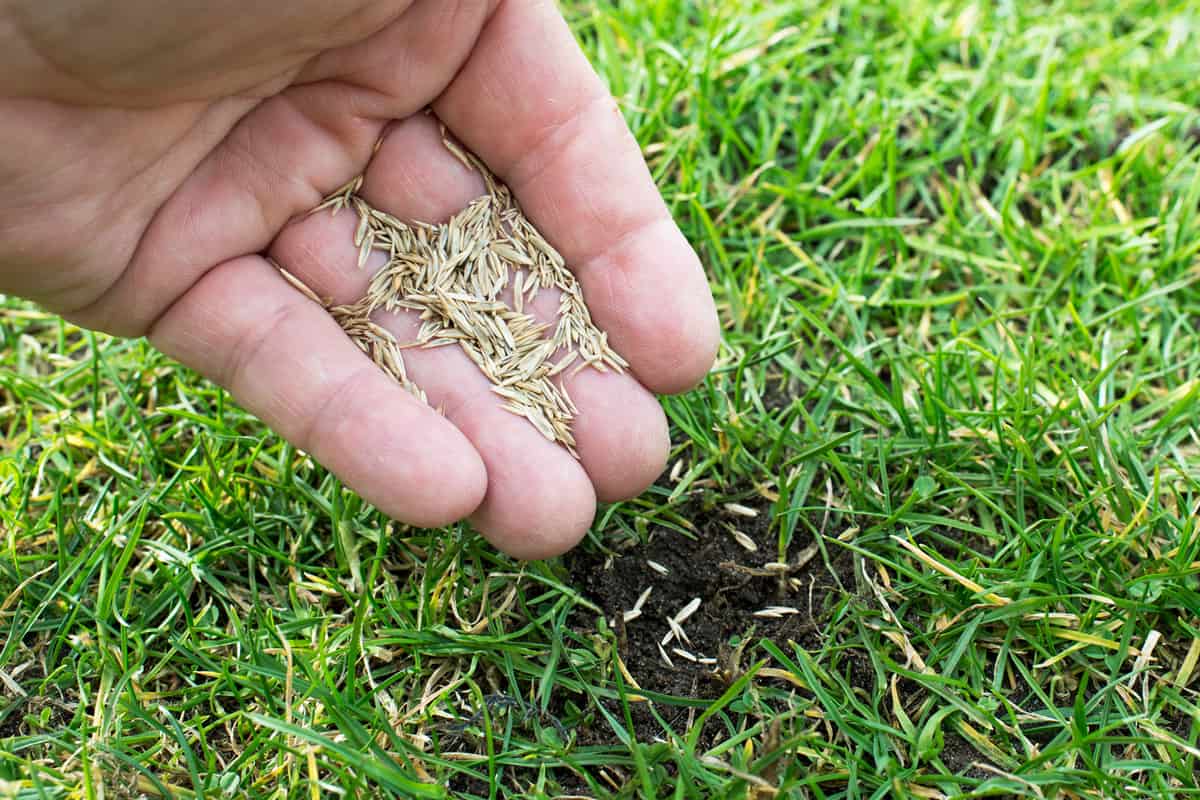

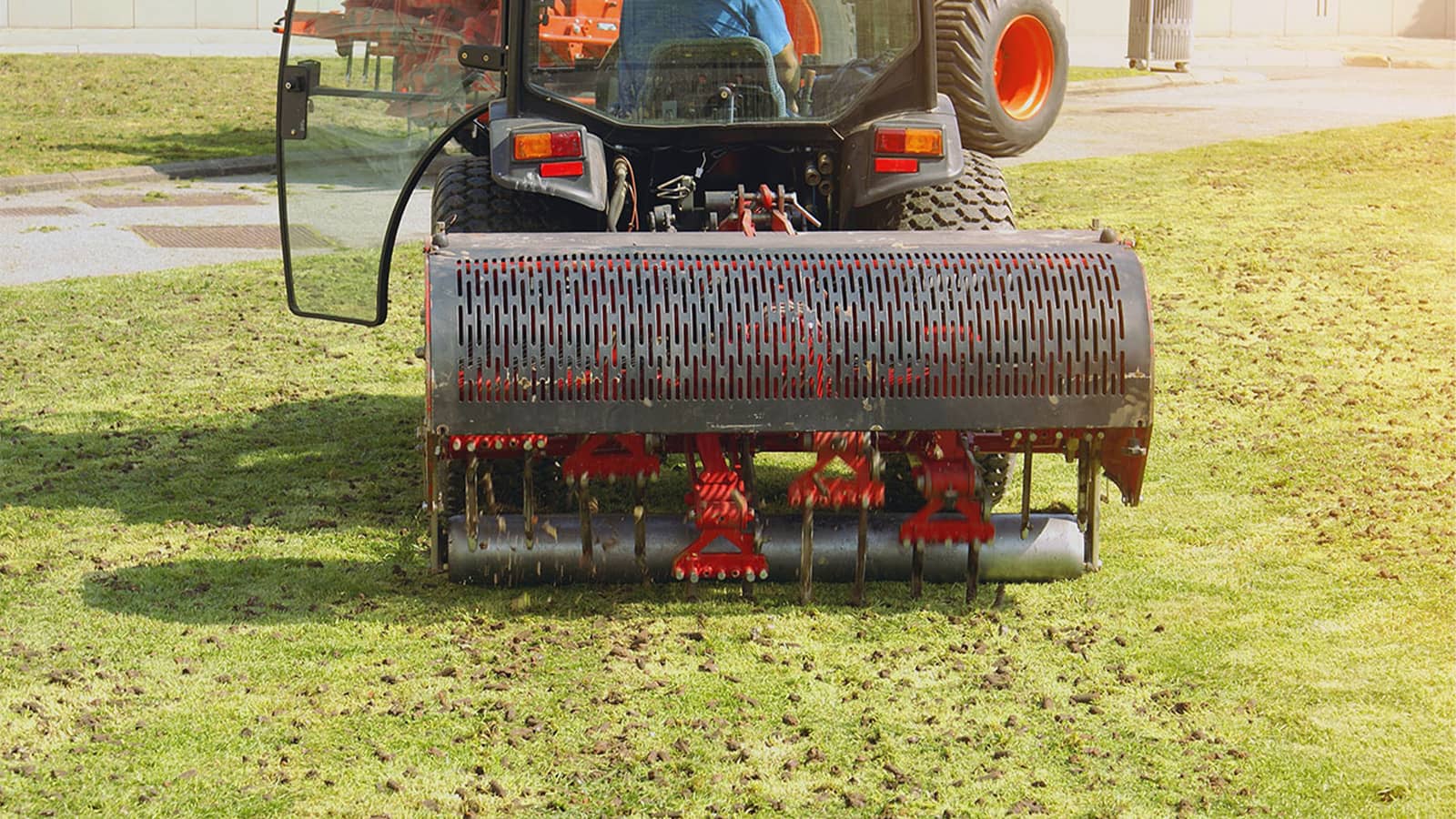
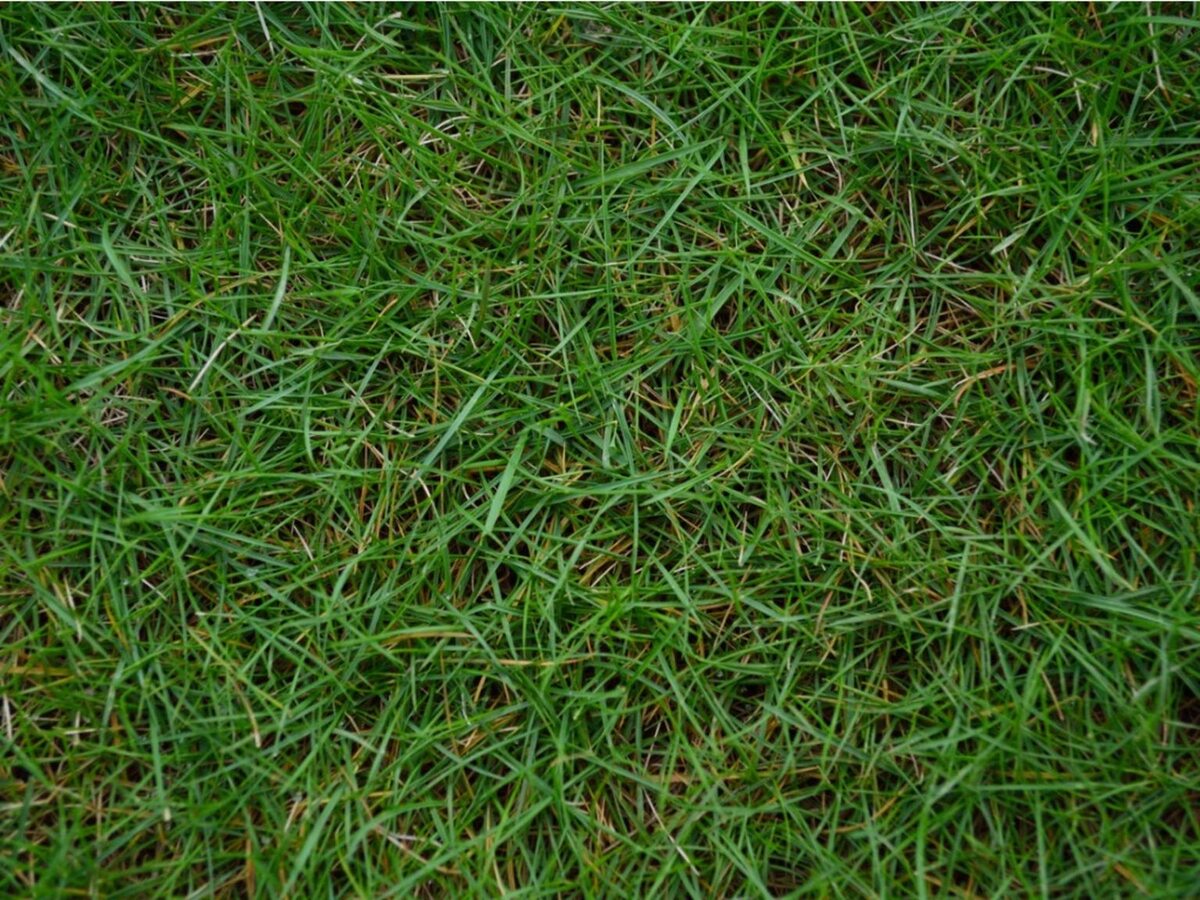
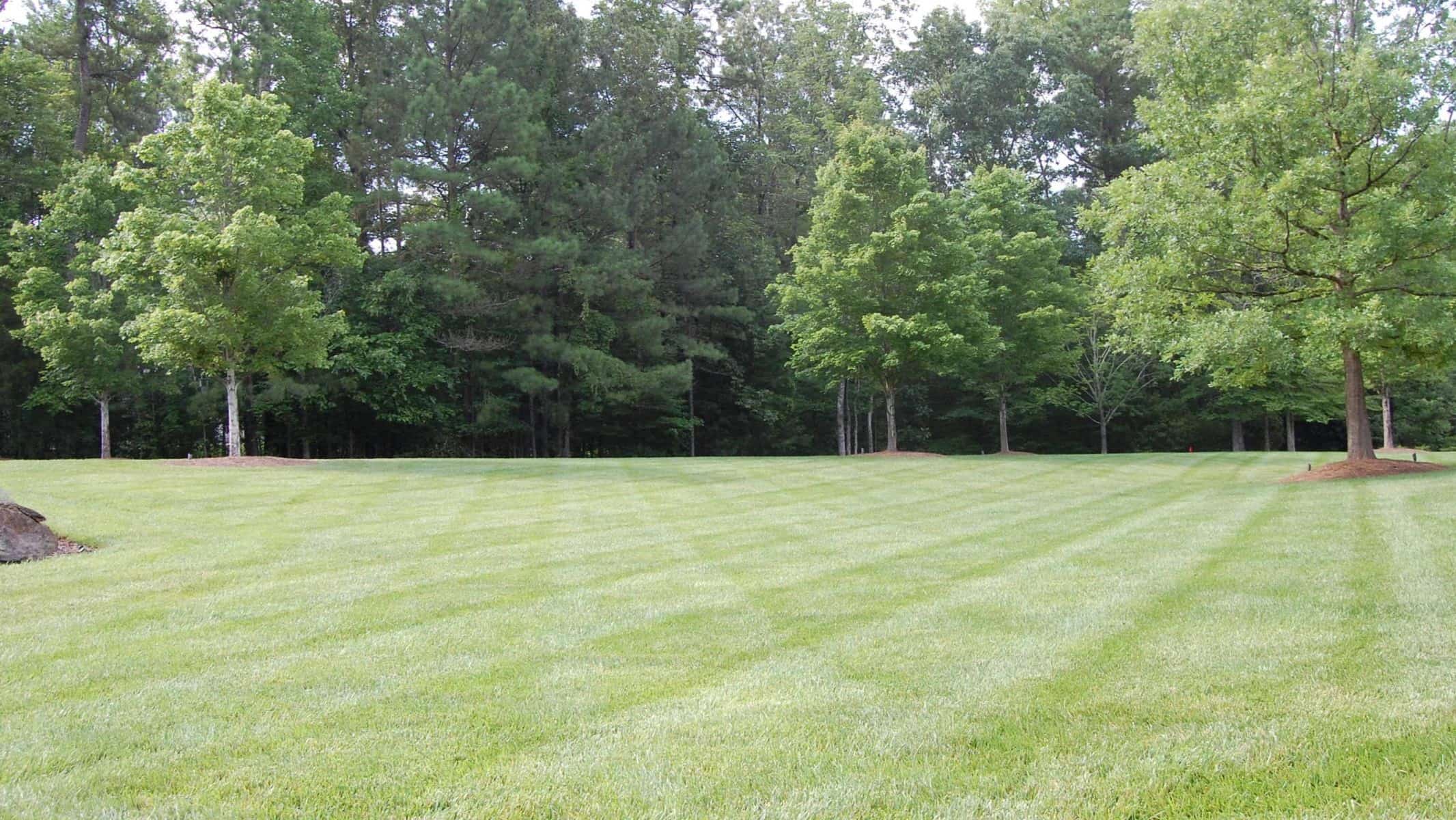

0 thoughts on “When To Aerate Bermuda Grass In Nc”